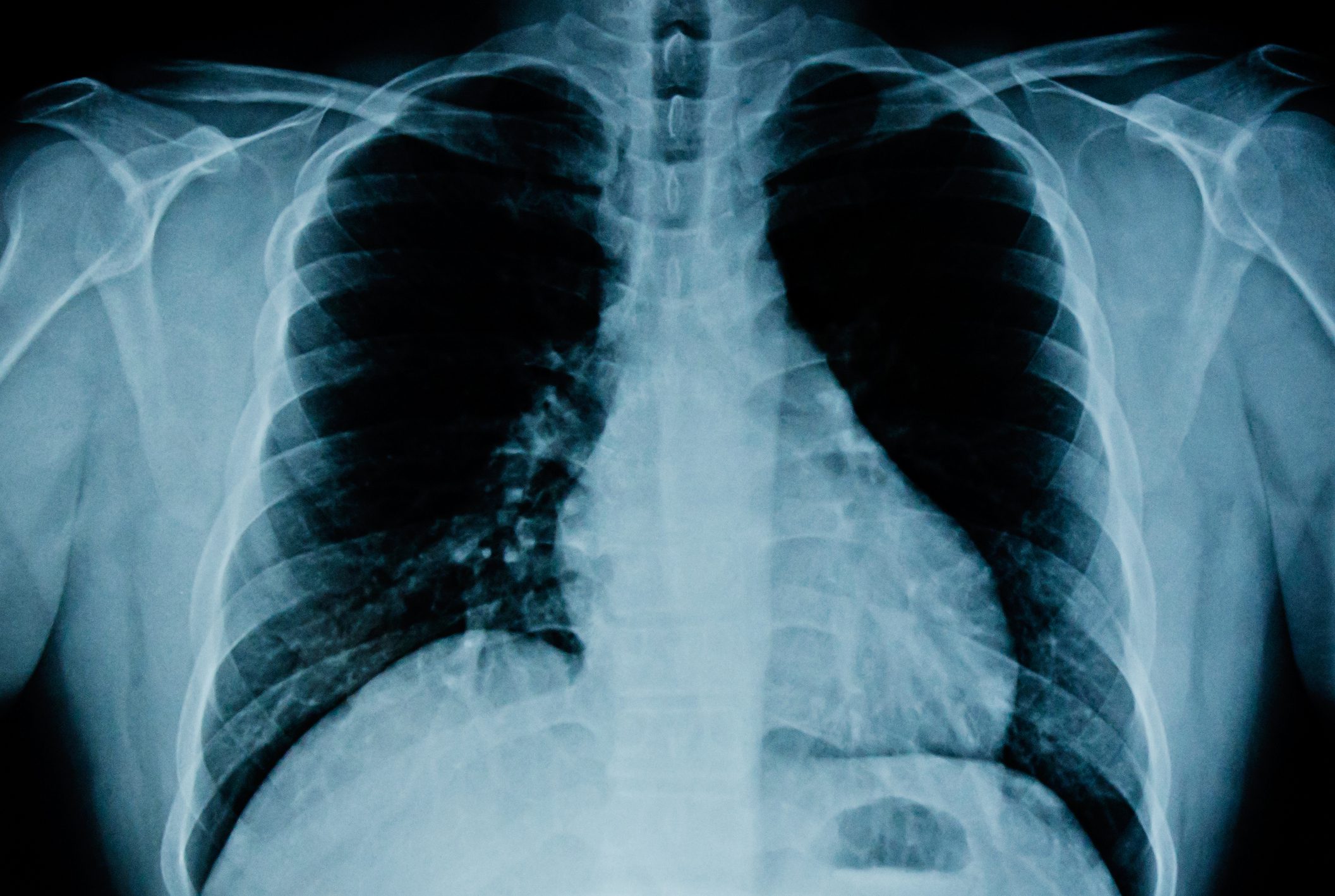Lung cancer is the second most common and deadliest type of cancer worldwide. Clinically, non-small cell lung cancer (NSCLC) is the most common pathologic form of lung cancer; approximately one-third of affected patients are diagnosed with locally advanced NSCLC at diagnosis. With the advent of targeted therapies and immunotherapies, as well as the continued development of novel radiotherapies, we have entered an era of new treatment paradigms.
Locally advanced non-small cell lung cancer (LA-NSCLC) is a highly heterogeneous disease that often presents with a complex clinical profile and high tumor burden. Although LA-NSCLC does not metastasize to distant sites, there remains an unmet clinical need to improve overall prognosis given its complexity and the limitations of current treatment strategies. Recent research has shown that concurrent or sequential radiochemotherapy provides limited survival benefit in patients with stage IIIA, IIIB and IIIC NSCLC, with 5-year overall survival (OS) rates of 36%, 26% and 13%, respectively [1]. However, the emergence of improved therapeutic strategies for LA-NSCLC (e.g. neoadjuvant therapies, postoperative adjuvant therapies, postoperative adjuvant radiotherapy, immunotherapy maintenance after concurrent radiochemotherapy [cCRT] and cCRT in combination with immunotherapy) raises hope. However, the availability of several new treatment options raises numerous questions in the clinical decision-making process. For example, it is clear that resectable LA-NSCLC without surgical contraindication should be surgically removed. However, questions arise regarding the further course of treatment.
Theoretically, lung adenocarcinoma with NSCLC is probably curable, so improving the cure rate should be the main goal when designing a clinical treatment approach. Advances in immune and tyrosine kinase inhibitors have led to a rapid evolution of treatment strategies, along with a significant improvement in prognosis for patients. Resectability and driver mutations, such as EGFR, are the two main factors for stratifying current treatment approaches and designing future trial designs. Where should the journey go?
Management for patients without driver mutations
For patients without oncogene drivers, ICI-based neoadjuvant strategies need to be optimized. The use of biomarkers (e.g. MRD) to identify patients who can be cured by neoadjuvant chemoimmunotherapy and surgery should also be prioritized to avoid unnecessary treatment with ICIs. The feasibility of converting patients with inoperable status to resectable status through effective neoadjuvant therapy is also an important issue in which a multidisciplinary tumor board plays an important role. The contribution of modern radiation techniques to the perioperative scenario should be clarified, and the efficacy of retreatment with ICI after disease relapse in the context of prior (neo)adjuvant ICI should be assessed. In patients with unresectable disease, the optimal timing and sequence of ICIs needs to be determined in order to modify the PACIFIC protocol [2].
Focus on multigenic anomalies
However, there is ample evidence for the crucial influence of multigenic abnormalities and the sophisticated dynamics within signaling cascades. Remarkably, approximately 60% of patients with lung adenocarcinoma have identifiable driver gene aberrations, including EGFR, ALK and ROS1. Such mutations lead to receptors and protein kinases, potentially resulting in disruptions in interconnected signaling pathways that inevitably lead to unbridled tumor cell growth, infiltration and persistence. Moreover, this malignant proliferation undermines the balance of angiogenesis and forces neoplastic cells to coordinate new vascular networks, facilitating their accelerated spread [3].
For patients with NSCLC with EGFR mutations, osimertinib offers a survival benefit, but additional confirmatory evidence from real-world studies and randomized controlled trials of other third-generation EGFR-TKIsare needed. The feasibility of EGFR-TKIplus strategies in neoadjuvant settings should be investigated. The administration of EGFR-TKIsin patients with unresectable NSCLC with EGFR mutationsis another challenge. Finally, the role of targeted therapies beyond EGFR in the perioperative scenario needs to be fully explored [2].
The ‘diamond mutation’ ALK, with its lower mutation rate and effective treatments such as alectinib, also presents a challenge in terms of resistance, with newer generation inhibitors being developed. For BRAF mutations, treatments such as dabrafenib are used in combination with trametinib, but resistance remains a challenge that requires further research into combination therapies [3].
Literature:
- Huber RM, De Ruysscher D, Hoffmann H, et al.: Interdisciplinary multimodality management of stage III nonsmall cell lung cancer. Eur Respir Rev 2019; 28(152): 190024.
- Miao D, Zhao J, Han Y, et al.: Management of locally advanced non-small cell lung cancer: State of the art and future directions. Cancer Commun (Lond). 2024 Jan; 44(1): 23–46.
- Xu J, Tian L, Qi W, et al.: Advancements in NSCLC: From Pathophysiological Insights to Targeted Treatments. Am J Clin Oncol 2024 Jun 1;47(6): 291–303.
InFo ONKOLOGIE & HÄMATOLOGIE 2024; 12(6): 30












